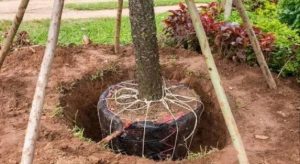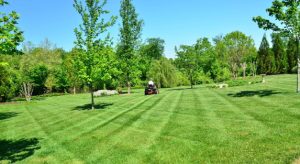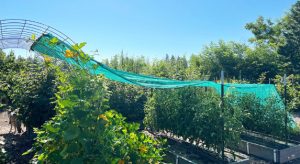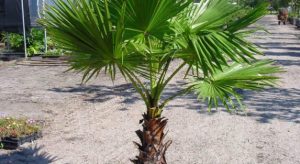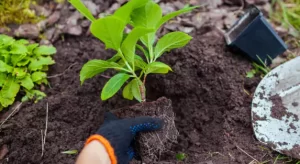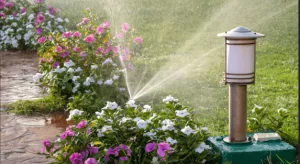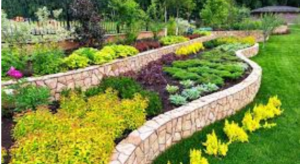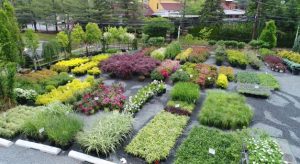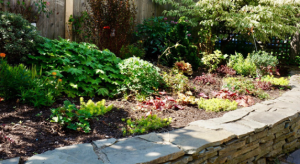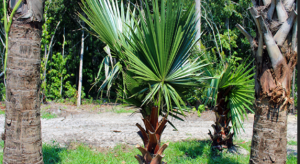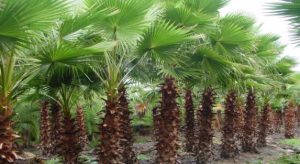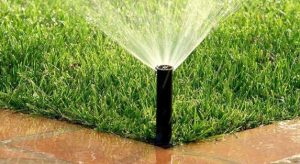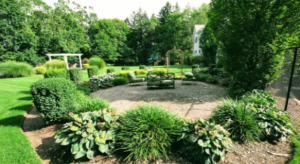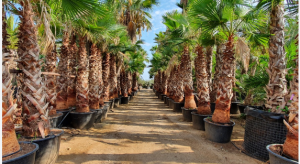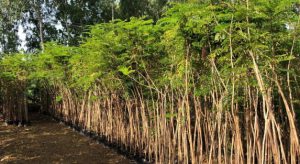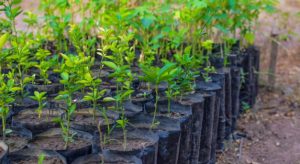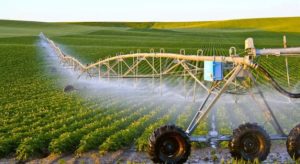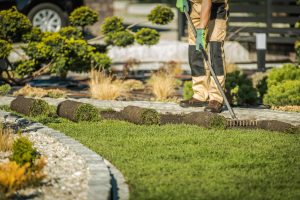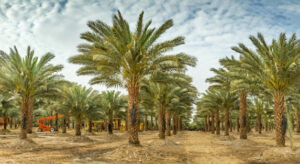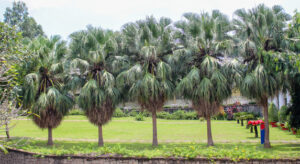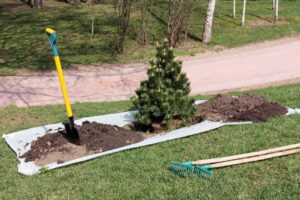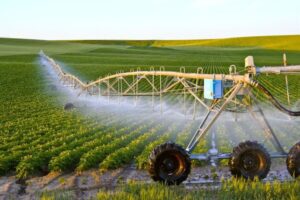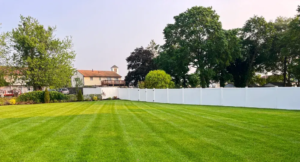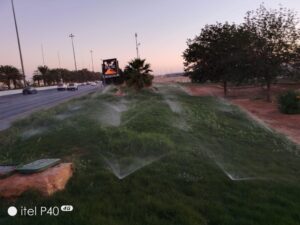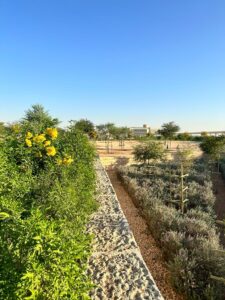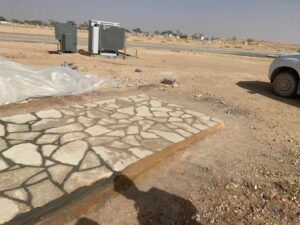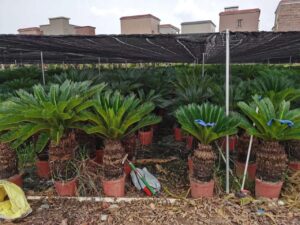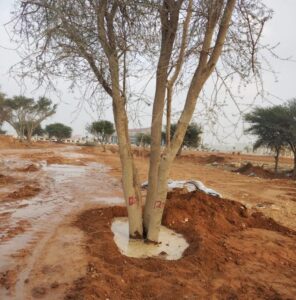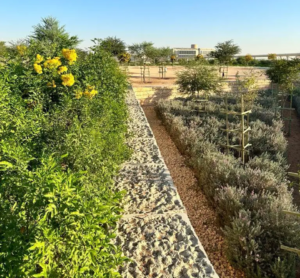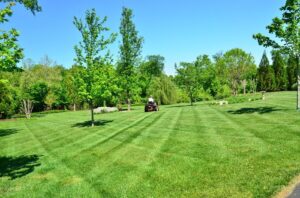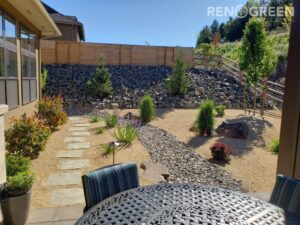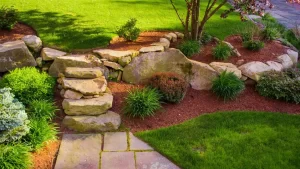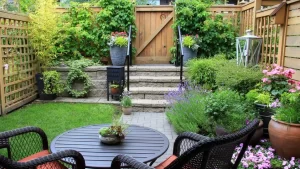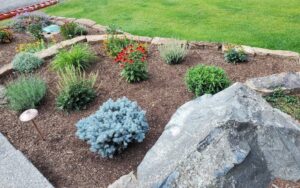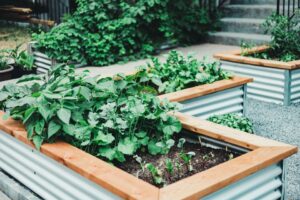How to Protect Landscape During Heat Waves
20 June, 2024
Introduction
As global temperatures continue to rise, heat waves are becoming more frequent and intense. These extreme weather events pose a significant threat to our outdoor environments, particularly to landscaping. Heat waves can cause severe stress to plants, leading to wilting, scorching, and in some cases, death. Protecting your landscaping during such conditions requires a multifaceted approach that combines proper planning, appropriate plant selection, effective watering techniques, and the use of various protective measures.
This comprehensive guide will delve into detailed strategies to safeguard your landscaping during heat waves. From understanding the impact of heat on plants to implementing practical solutions, this article aims to provide valuable insights for both novice and experienced gardeners.
Understanding the Impact of Heat Waves on Landscaping
Physiological Effects on Plants
Heat waves can have several physiological effects on plants, including:
- Increased Water Loss: High temperatures accelerate the rate of evaporation and transpiration, leading to rapid water loss from both the soil and the plants.
- Wilting: When plants lose water faster than they can absorb from the soil, they begin to wilt, a condition that can eventually lead to permanent damage.
- Leaf Scorching: Extreme heat can cause the edges of leaves to turn brown and crispy, a phenomenon known as leaf scorching.
- Reduced Photosynthesis: Excessive heat can impair the photosynthetic process, reducing the plant’s ability to produce food and energy.
- Root Damage: High soil temperatures can damage root systems, reducing the plant's ability to take up water and nutrients.
Long-term Implications
The long-term implications of heat waves on landscaping include:
- Increased Plant Mortality: Prolonged exposure to extreme heat can lead to higher plant mortality rates.
- Changes in Plant Composition: Certain plant species may not survive repeated heat waves, leading to shifts in the types of plants that dominate the landscape.
- Soil Degradation: High temperatures can lead to soil degradation, affecting its structure, moisture retention capacity, and fertility.
- Pest and Disease Outbreaks: Heat-stressed plants are more susceptible to pests and diseases, which can further exacerbate the damage.
Strategies for Protecting Landscaping During Heat Waves
Pre-emptive Planning and Design
- Climate-Appropriate Plant Selection
Choosing plants that are well-suited to your local climate is crucial. Native plants and those adapted to hot, dry conditions are more likely to withstand heat waves. Some heat-tolerant plant options include:
- Cacti and Succulents: These plants store water in their leaves and stems, making them highly drought-resistant.
- Mediterranean Plants: Lavender, rosemary, and olive trees are adapted to hot, dry climates.
- Native Grasses: Many native grasses are deep-rooted and can survive prolonged dry periods.
- Diverse Planting
Incorporating a diverse range of plant species can enhance the resilience of your landscape. Different plants have varying water and shade requirements, and a diverse planting scheme can create a microclimate that protects more vulnerable species.
- Strategic Placement
Position plants with similar water and sunlight needs together. Place more heat-sensitive plants in areas that receive afternoon shade or where they can benefit from the cooling effects of nearby structures or taller plants.
Efficient Water Management
- Deep Watering Techniques
Deep watering ensures that water reaches the root zone, encouraging deep root growth. This method is more effective than frequent, shallow watering, which can lead to shallow roots that are more vulnerable to heat stress.
- Drip Irrigation Systems
Drip irrigation systems deliver water directly to the base of the plants, reducing evaporation and ensuring that the water reaches the root zone. This method is highly efficient and can be automated to provide consistent moisture during heat waves.
- Mulching
Applying a layer of mulch around plants helps to conserve soil moisture, reduce soil temperature, and suppress weeds. Organic mulches, such as straw, wood chips, and compost, gradually decompose and improve soil structure and fertility.
Providing Shade and Protection
- Shade Cloths and Netting
Using shade cloths or netting can provide temporary relief from extreme heat. These materials can be draped over plants or used to create shaded areas in the garden.
- Natural Shade
Planting trees and shrubs that provide natural shade can help protect more delicate plants. Consider using fast-growing trees or strategically placing existing trees to cast shade during the hottest parts of the day.
- Windbreaks
Windbreaks, such as hedges or fencing, can reduce the drying effects of hot winds, helping to maintain moisture levels in the soil and reducing plant stress.
Soil Management
- Soil Amendments
Improving soil structure with organic matter can enhance its water retention capacity. Compost, well-rotted manure, and other organic amendments increase the soil’s ability to retain moisture and provide essential nutrients to plants.
- Cover Crops
Planting cover crops during the off-season can improve soil health, reduce erosion, and increase water retention. Cover crops such as clover, vetch, and rye can be tilled into the soil to add organic matter.
Monitoring and Maintenance
- Regular Monitoring
Regularly check the moisture levels in the soil and the condition of your plants. Use a soil moisture meter to ensure that plants are receiving adequate water.
- Pruning and Deadheading
Prune dead or damaged plant material to reduce stress and improve air circulation. Deadheading spent flowers can also encourage new growth and reduce the plant's water and energy demands.
- Fertilization
Use fertilizers judiciously, as excessive fertilization can increase a plant’s water requirements. Slow-release fertilizers can provide essential nutrients without causing rapid, excessive growth that requires more water.
Innovative Techniques and Technologies
- Smart Irrigation Systems
Smart irrigation systems use weather data and soil moisture sensors to optimize watering schedules, ensuring that plants receive the right amount of water at the right time.
- Hydrogels and Water Retaining Polymers
Hydrogels and water-retaining polymers can be added to the soil to increase its water-holding capacity. These materials absorb and release water slowly, providing a consistent supply of moisture to plants.
- Reflective Mulches
Reflective mulches, such as aluminum foil or specialized plastic mulches, can reflect sunlight away from plants, reducing soil temperature and conserving moisture.
Conclusion
Protecting your landscaping during heat waves requires a comprehensive approach that encompasses appropriate plant selection, efficient water management, provision of shade, and effective soil management. By understanding the impact of heat on plants and implementing the strategies outlined in this guide, you can create a resilient landscape capable of withstanding the challenges posed by rising temperatures. Whether you are a homeowner, a professional landscaper, or a gardening enthusiast, these practices will help ensure that your green spaces remain vibrant and healthy, even in the face of extreme weather events.
- Fountain and Waterfalls
- Gardening
- hardscape
- Irrigation system
- Landscape
- Lawn
- Nursery
- Palm Tree
- Plantation and Maintenance
- softscape
- Tree Transplanting
- Washingtonian Tree
Categories
Latest Post
- Fountain and Waterfalls
- Gardening
- hardscape
- Irrigation system
- Landscape
- Lawn
- Nursery
- Palm Tree
- Plantation and Maintenance
- softscape
- Tree Transplanting
- Washingtonian Tree





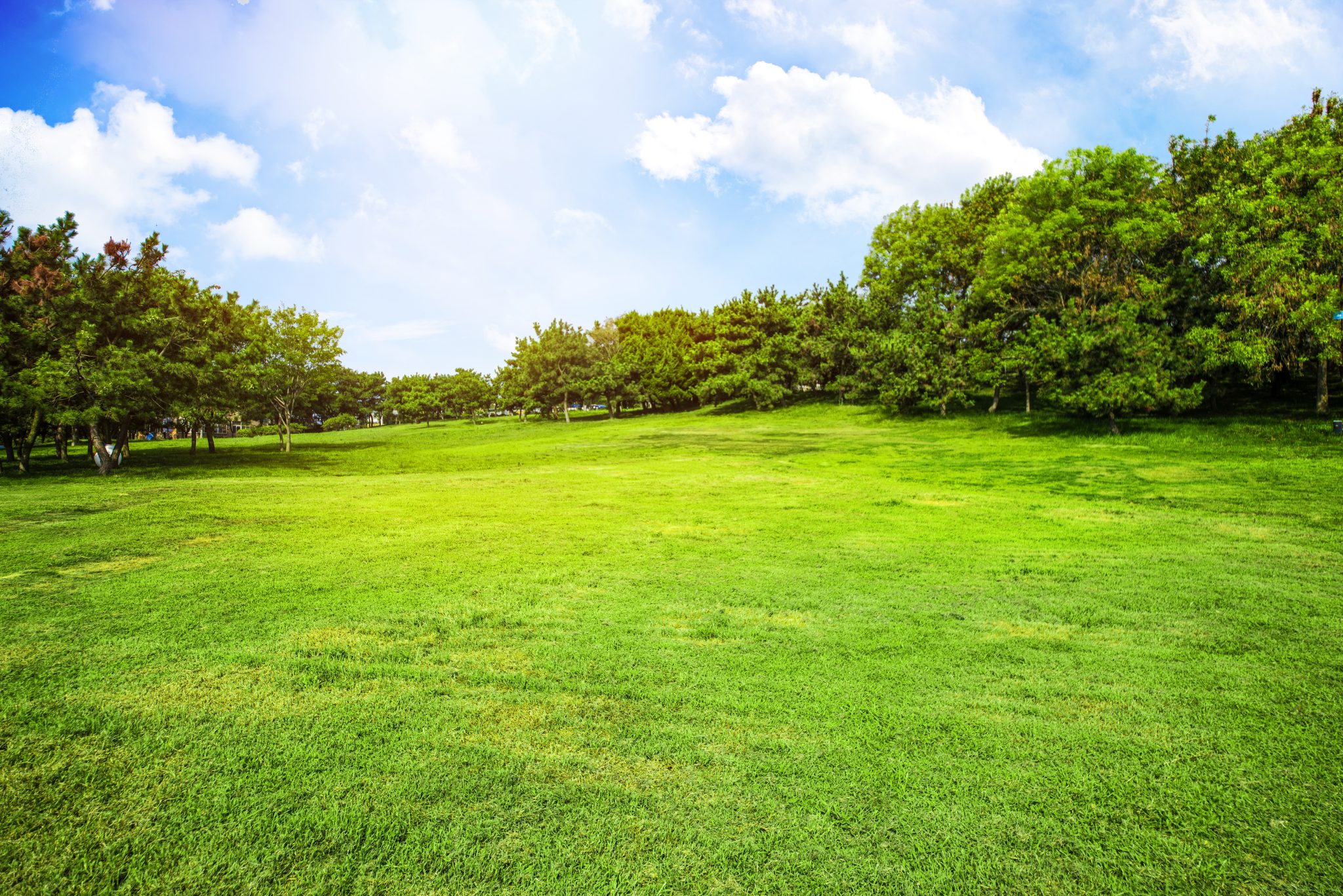

 .
.
